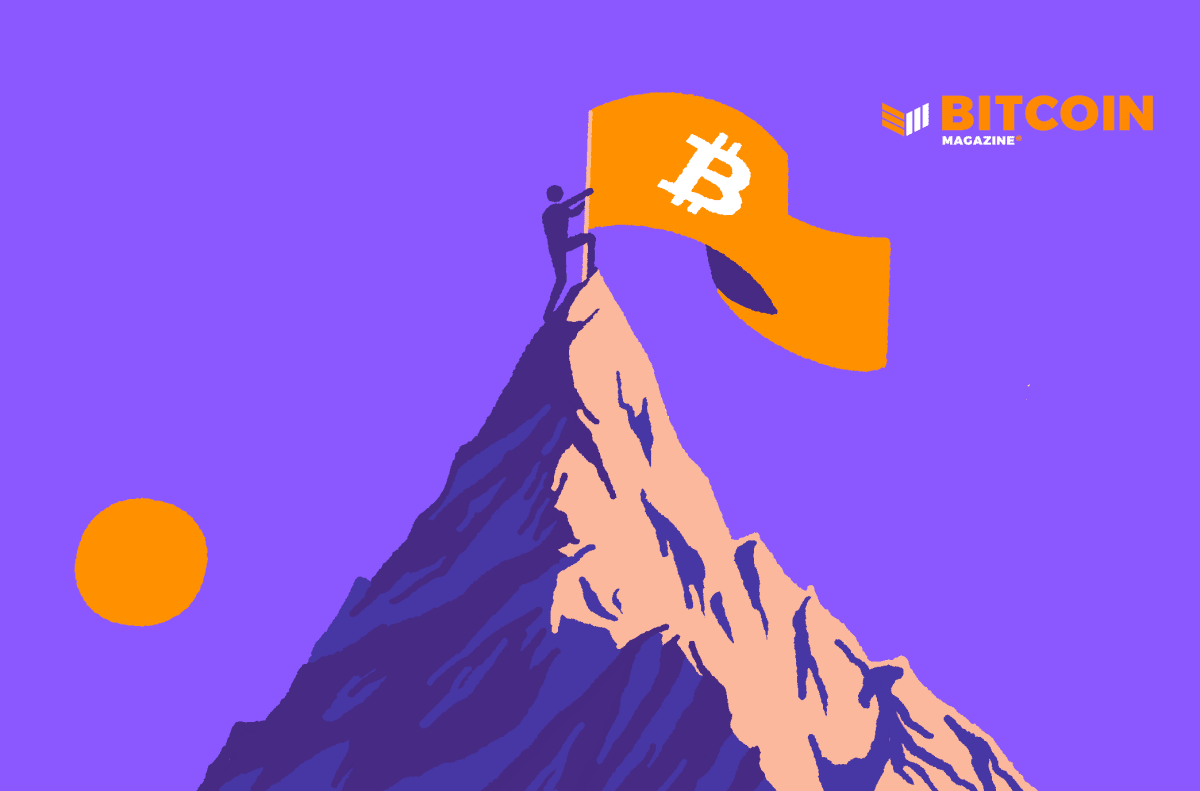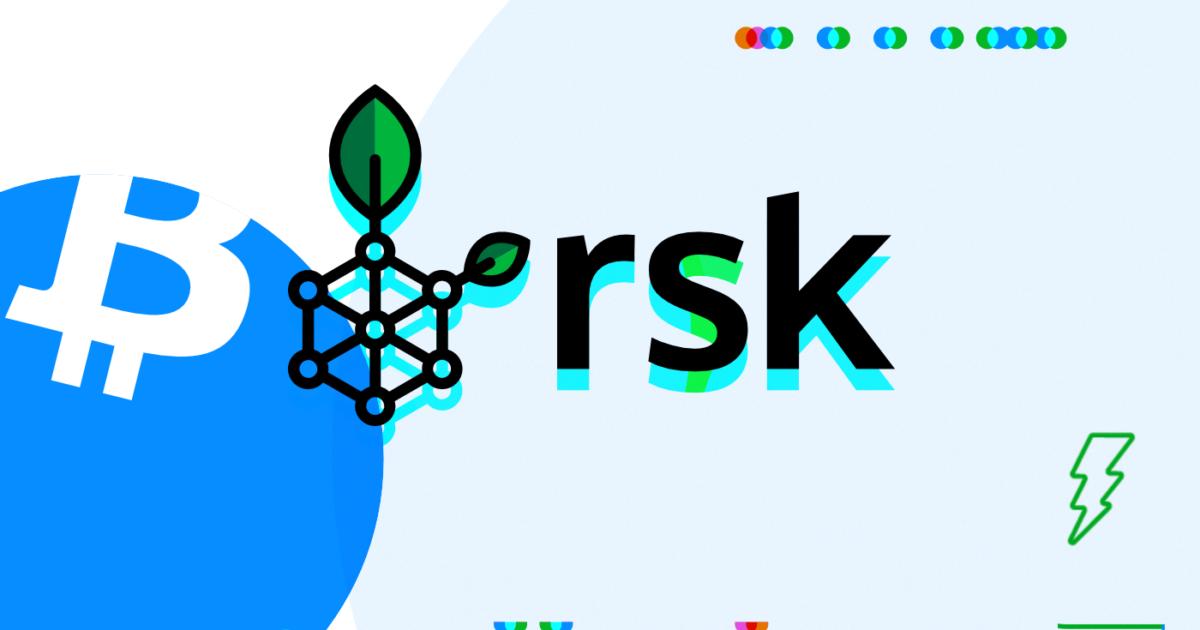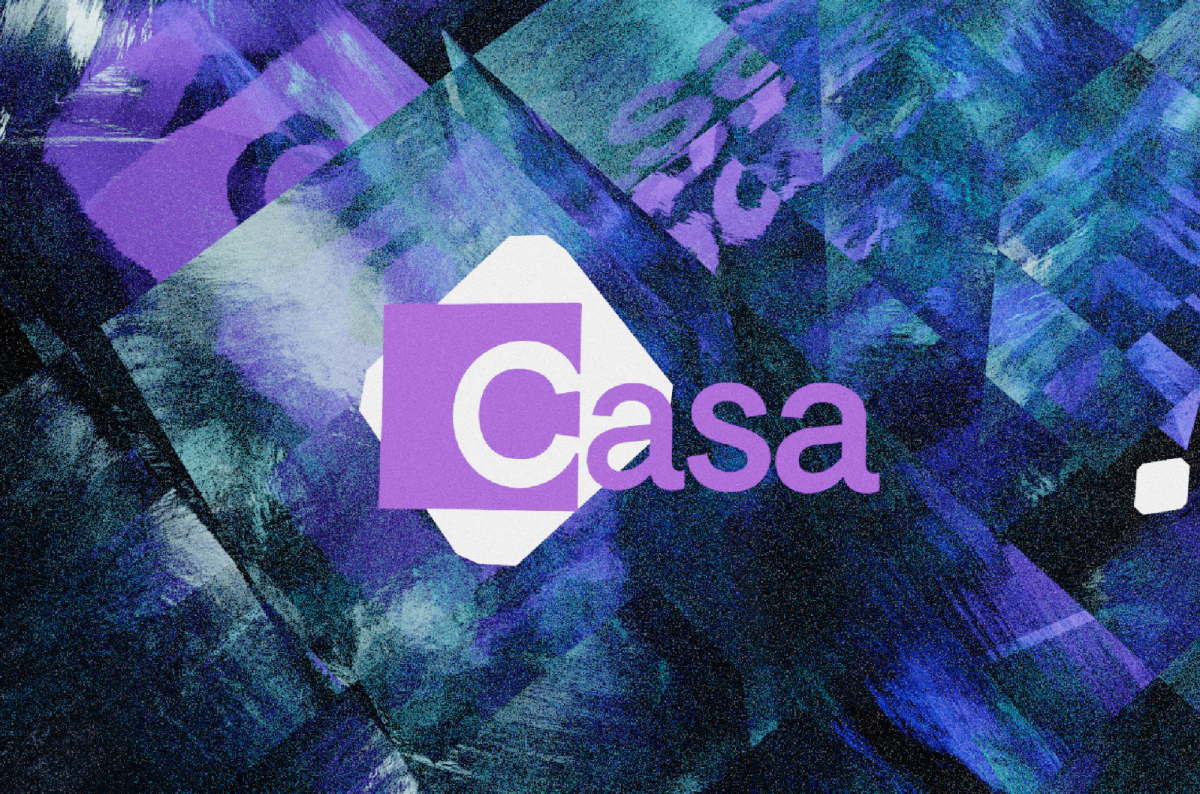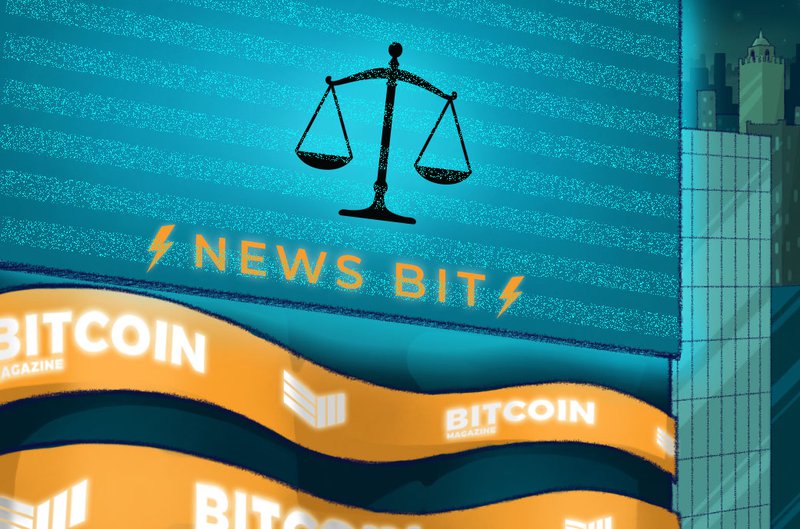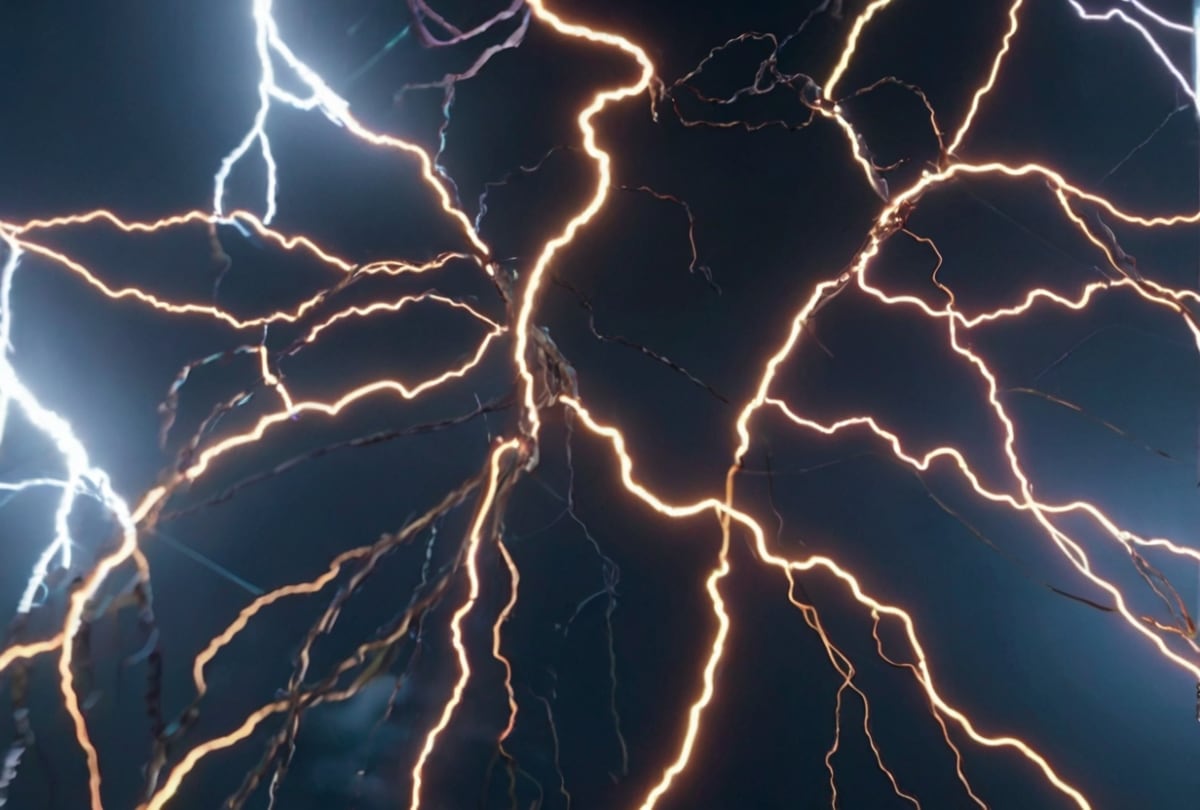On Guy Fawkes Night, Remember That Bitcoin Is A Modern Vendetta Against The Establishment
Bitcoin enables a digital Gunpowder Plot, giving anyone the ability to opt out of establishment control as Guy Fawkes once attempted.
This is an opinion editorial by Alex Lielacher, founder and CEO of Rise Up Media, a content marketing firm for Bitcoin startups.
The Guy Fawkes mask — popularized by the movie “V For Vendetta” — has become a symbol of resistance against the State, worn by anti-government protesters of all factions. Bitcoiners have also picked up the mask, highlighting Bitcoin’s own struggle against the powers that be who control and benefit from the corrupt fiat currency monetary system.
Now that it is the fifth of November, here’s a reminder that Bitcoin is more than number-go-up technology. At its core, it’s a monetary revolution that has the potential to change the world forever.
Why Does Britain Celebrate The Fifth Of November?
“Remember, remember, the fifth of November. Gunpowder, treason, and plot. I see no reason why gunpowder treason should ever be forgot.”
Ask anyone in the U.K. about Guy Fawkes, and they’ll most likely quote you this poem. The fifth of November is a day when we remember one of the most notorious acts of rebellion against the state on European soil. On November 5, 1605, a group of Roman Catholic Church followers attempted to blow up parliament and kill King James I. The leader of the plot, Robert Catesby, together with his four co-conspirators — Thomas Winter, Thomas Percy, John Wright and the infamous Guy Fawkes — were angered by King James’ refusal to grant more religious toleration to Catholics.
Through this plot, they hoped that the confusion, which would follow the murder of the king, his ministers and the members of Parliament, would provide an opportunity for the English Catholics to take over the country.
However, their plan didn’t work.
They were caught and later hanged for treason. Their action resulted in even more punishment against the Catholic Church. In January 1606, the U.K. Parliament established November 5 as a day of public thanksgiving.
Today we celebrate November 5 as Guy Fawkes Night or Bonfire Night by lighting bonfires, setting off fireworks and carrying “Guys” through the streets wearing the ever-so-famous Guy Fawkes mask.
The Changing Symbolism Of The Guy Fawkes Mask
The comic and, later, the movie, “V For Vendetta” turned the Guy Fawkes mask into a symbol with many different meanings.
It’s no longer only memorabilia for the fifth of November, but a symbol against power, corruption and the state apparatus, as well as a means to protect your identity during a time of omnipresent surveillance.
One of the most obvious symbols of the mask is the uprising against the powers that be.
Throughout the film “V For Vendetta,” the character V’s identity is never revealed. There was no need to know who he was. The meaning in the graphic novel actually goes a step further and utilizes V’s facelessness to promote anarchy in the hopes of creating a new world order without leaders.
This vision is one that many protestors or anarchists share as well. Whether they are hacktivist collectives like Anonymous, which is keen to unveil corruption and abuse of power, or protestors against state tyranny in Venezuela, India, Bahrain or Nigeria. Once they put on the mask, they become not only a protestor against power, but also a symbol for others to follow their lead. One person alone with the mask on their face is meaningless, but once a collective puts on the mask, it becomes the symbol against tyranny.
Obviously, it’s a guard to protect one’s privacy as well, which is why you see so many Guy Fawkes masks at protests. And this blends into online culture as well.
Satoshi Nakamoto is arguably one of the most famous anonymous activists of the past 20 years. In fact, one of the most portrayed versions of Nakamoto is as someone wearing a Guy Fawkes mask and hoodie. Like V in the movie, it was Nakamoto who launched a vendetta with the financial world.
They didn’t seek vengeance by hacking the legacy financial system, but rather by creating a system in which everyone is able to transact freely. Once the project was big enough and able to live on its own, Nakamoto left, never to return, thereby nurturing the idea of a movement without any leaders — a leaderless resistance against the fiat monetary system.
One of the main aspects of Bitcoin is its ability to separate money from the State. This separation is what unites Bitcoiners with protesters on the streets in Venezuela, hacktivists online and Guy Fawkes back in 1605. All of them had or have the goal of dethroning powerful institutions for a better and freer society.
Why Anon Bitcoiners Wear The Guy Fawkes Mask
The Guy Fawkes mask is not only a symbol against tyranny but also a shield of protection to hide your identity. And anonymity is a big part of Bitcoin culture.
Anon Bitcoiners want to protect themselves from the establishment, and the possible repercussions of having their identity linked with a technology that has the potential to topple existing monetary structures that benefit the few in power.
While Bitcoin is slowly being integrated into the legacy financial system, adding to its legitimacy in the eyes of governments, regulators and big banking, the potential for a ban — as Bitcoin is a way to circumvent the coming central bank digital currency (CBDC) surveillance apparatus — remains a threat.
History does not repeat itself, but it often rhymes.
If you look at what happened with gold in the United States in 1933, where citizens were essentially robbed of their gold possessions, it would be foolish to think that similar plans don’t also exist for Bitcoin.
Now, one could say as long as you have your private keys and secure your wallet in a multisig structure, not much can happen. That might be true for your bitcoin. But the fact that your identity is linked to a potentially soon-to-be-banned technology poses a risk.
Anons are able to opt out of that dystopia by wearing a metaphorical Guy Fawkes mask and remaining anonymous. They cut off their real-life personas from their online personas, allowing them to continue to remain unlinked to Bitcoin by name.
Bear in mind, in the future, CBDCs will exist and will likely emerge as the main tool of surveillance for the establishment. That is another reason why the mask became a symbol against the establishment, whether that be in the Bitcoin space or in activist groups like Anonymous.
All of these different groups are willing to stand up against tyranny by “putting on the mask.”
Symbols are only effective if enough people stand up for them. A single Guy Fawkes mask is worthless. However, if thousands of people wear them at protests or have them on in their profile pictures online, they’re able to put pressure on the establishment.
Statements like “Bitcoin is a peaceful revolution” or “Fix the money, fix the world” have the goal of peaceful anarchy or revolution within them. They don’t want to kill or destroy innocent lives. That’s what the establishment is doing with its endless proxy wars. The goal is to inform citizens and give power back to the individual.
Is Bitcoin The Fiat Monetary System’s Gunpowder Plot?
The simple answer to this question is yes, absolutely.
However, Bitcoiners don’t plan to blow up parliament. Although I am sure there are Bitcoiners living under truly tyrannical state rule who may be working on overthrowing their governments, Bitcoiners want to change the world peacefully, without bloodshed or physical harm to anyone.
In “V For Vendetta” and the gunpowder plot of 1605, the goal was to topple the existing power structure at all costs. The characters were willing to sacrifice human lives to see the change they envisioned. This is very different from Bitcoin.
Bitcoin doesn’t need a violent uprising. Bitcoin is the uprising. Bitcoin itself is a peaceful revolution. There is no need to physically occupy Wall Street or hold bank employees hostage in a robbery. All anyone has to do to take part in the Bitcoin revolution is to become part of the Bitcoin network by running a node and spreading awareness of the power that Bitcoin holds to change the world.
Bitcoin is antifragile, hard to change and secure by design. These qualities are the gunpowder of Bitcoin. There were many attempts to change its fundamentals — the Blocksize Wars, for example — but none of the attackers were successful in their attempts.
Bitcoin’s core of believers stuck to Nakamoto’s vision, one that is still alive today. Everyone on earth has the opportunity to take part in the Bitcoin network, benefitting from its ability to enable anyone to store, send and receive value without censorship or needing to ask for approval. That’s why the establishment fears it.
The establishment doesn’t want you to own anything. Its members are the ones telling you what to eat, drink and spend your hard-earned money on. If you don’t obey, it will enforce new rules or shut you off by controlling your bank account. This is why CBDCs are so dangerous, as they can, in theory, give this establishment complete control over all your financial transactions.
Just by owning and using bitcoin, you don’t have to follow these rules. You have the option to opt out.
If there is one thing the gunpowder plot or “V For Vendetta” has taught us, it’s the power of collective minds. The establishment is afraid of more public support for Bitcoin because it knows that once we hit a certain threshold, there won’t be any going back.
The establishment can’t turn Bitcoin off like a server.
Without realizing it, it has built a monster. It was because of bad financial incentive structures in the past that Nakamoto created Bitcoin. The greed of the establishment was what led us here.
One by one, from the bottom up, we’ve risen and continue to give people hope, courage and a vision for a better tomorrow.
Remember, Remember, What Bitcoin Could Really Accomplish
In the third act of “V For Vendetta,” the character Evey has overcome her fear of death. She knows there won’t be any going back, and the plotted revolution on the fifth of November is unavoidable, regardless of her own life.
In the real world, the establishment has gotten to where it is today because it has been able to corrupt the system with fiat money. If it ever needed more, it was able to print it. Up until today, it was somewhat successful. But its time is running out.
You can only print so much money before it starts inflating away. The result of that rigorous spending is visible now.
Figureheads like Christine Lagarde of the European Central Bank or Andrew Bailey of the Bank of England don’t know how to stop inflation. They don’t see any other solution but to print more money and to throw more money at the problem. As we know, however, that doesn’t work.
Bitcoin fixes this.
Bitcoin’s limited supply, combined with its disinflationary monetary policy, enables holders to protect themselves from the long-term effects of inflation. But that’s not all.
Bitcoin is also freedom money. It allows anyone in the world to participate in a new monetary system free of the chains of the fiat currency apparatus. No ruler, no regulator and no bank can lock you out of your bitcoin as long as you hold your own keys.
That is the true power of Bitcoin. It provides us with financial sovereignty and the power to choose our own destiny.
This is a guest post by Andrew Lielacher. Opinions expressed are entirely their own and do not necessarily reflect those of BTC Inc or Bitcoin Magazine.

